#climatechange
Explore tagged Tumblr posts
Text
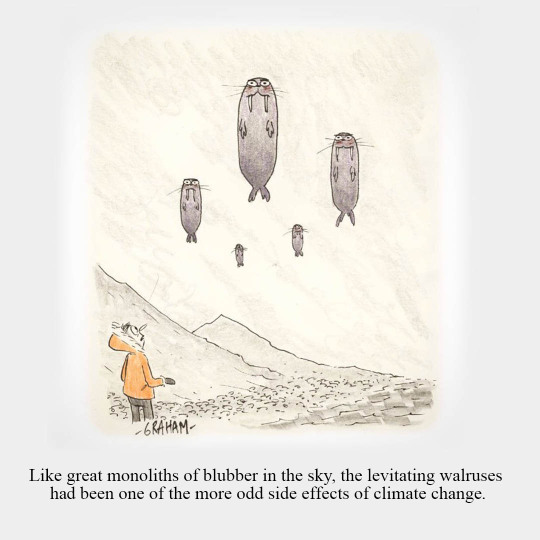
Signs.
3K notes
·
View notes
Text
Move
New comic! “Move” is one of a series of climate comics that bring art and science together to explore the big questions about the climate crisis. More to read & download at https://www.comicartfestival.com/constrain-climate-comics The other artists involved are – award-winning comic creator Darryl Cunningham and comic creator, academic and illustrator Sayra Begum. CONSTRAIN is a 4-year programme…
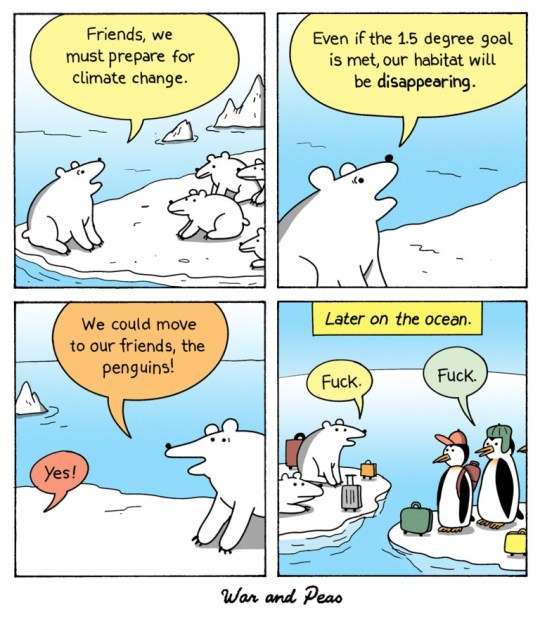
View On WordPress
#biodiversity crisis#black humor#climate change#ClimateArt#ClimateChange#ClimateComics#ClimateCrisis#ClimateEmergency#Collab#comic#comic strip#ComicArt#comics#COP28#Creative Concern#dark humor#funny#humor#ice floe#north pole#ocean#penguin#penguins#polar bear#polar bears#polarbear#south pole#war and peas#webcomic#webcomics
1K notes
·
View notes
Text


New cover reveal for The Story of CO2 Is the Story of Everything: How Carbon Dioxide Made Our World By: Peter Brannen. Available in July from ECCO Books. Thanks to AD Allison Saltzman.
I’m also excited to announce that this cover was included in the American Illustration archive earlier this year.
166 notes
·
View notes
Text
Let's hear it for the worms! 🙌🏽
It's the first #WormWednesday of the year and we're kicking it off right with one of our faves—acorn worms! Named for their acorn-shaped front end, enteropneusts are actually more closely related to humans than to worms. They have a rudimentary nerve cord that is similar to ours, and they breathe oxygen using structures similar to a fish's gills. Acorn worms are connected to us through the carbon cycle. They play a significant role in the redistribution of sediment and nutrients in deep-sea communities. Carbon dioxide from the atmosphere mixes into the ocean at the surface. Tiny plant-like plankton transform carbon dioxide into organic material and are then eaten by larger animals. As these animals eat, poop, and die, they create a flurry of organic material known as marine snow. The sinking snow moves nutrients and carbon all the way down to the deep seafloor, where bottom-dwelling animals, like acorn worms, enjoy a bountiful feast. This cycle is known as the biological pump. As they do their part to help regulate climate, we can do our part by drastically reducing our carbon dioxide emissions. The ocean is a powerful ally that has buffered us from the impacts of climate change—now it is our turn to act on climate change to safeguard the future of the ocean and its inhabitants.
Learn more about these unsung climate heroes on our YouTube channel.
143 notes
·
View notes
Text
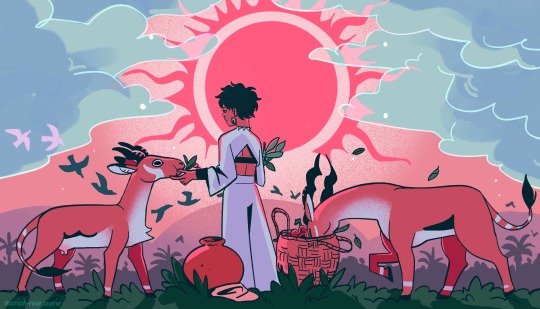
new thing for new business cards: some lush future Africa, de colon1zed & self determined, where the great green wall has grown thick and steady & date palms & mango trees could maybe share canopies, adapting to the new weather patterns & all hope is not lost
(see more things from me via my newsletter, patreon, or bluesky)
#tumblr why must you destroy the quality#art#illustration#climatechange#afrofuturism#africa#greatgreenwall#reforestation#ecology#solarpunk#antelope#goats#farm#farmlife#painting#concept#herding#design#sahel#sahara#desert#restoration#wildlife#sunset#landscape#sun#star#redgiant#mariah-rose marie
188 notes
·
View notes
Text

The cracked surface you see here is dried mud from a lake that is steadily drying up. Once a thriving ecosystem filled with water and life, it's now a stark reminder of how environmental changes impact our natural landscapes. Each fracture in the mud tells a story of receding waters and an uncertain future for the flora and fauna that depend on it.
#Drought#ClimateChange#EnvironmentalImpact#DryLake#NatureConservation#EarthCrisis#WaterScarcity#GlobalWarming#SaveOurPlanet#MissedMileMarkers
52 notes
·
View notes
Text
BREAKING NEWS
Thousands of corals, including some of the last known genotypes on the Florida Reef, have been relocated in a pair of rescue events organized by NOAA in response to record-breaking ocean temperatures in Florida Keys National Marine Sanctuary.
🎥: Coral Restoration Foundation
#EarthIsBlue#MarineHeatwaves#ClimateChange#Ocean#CoralBleaching#FloridaKeys#Florida#Coral#conservation#national marine sanctuary#science#nature#diving
524 notes
·
View notes
Text

El cambio climático no tendrá un final de hollywood.
#climatechange #cambioclimático #hollywood
14 notes
·
View notes
Text
Blog Post 06: Unpacking Edward Hyams Quote, and How it Relates to Us Today
There is no peculiar merit in ancient things, but there is merit in integrity, and integrity entails the keeping together of the parts of any whole, and if these parts are scattered throughout time, then the maintenance of integrity entails a knowledge, a memory, of ancient things. …. To think, feel or act as though the past is done with, is equivalent to believing that a railway station through which our train has just passed, only existed for as long as our train was in it. (Edward Hyams, Chapter 7, The Gifts of Interpretation)
It is funny how we think we know a lot about something, until we are given a different perspective or narrative. When I first started this course, I knew very little about nature interpretation. In fact, I had barely ever heard of it. After the last 6 weeks, I have learned about nature interpretation itself, how it influenced my childhood and path in life, how it relates to privilege, science, and art, and much more. I considered myself somewhat knowledgeable, because I was thinking about how I would relate all that I have learned so far into my future as a nature interpreter. When I thought about nature interpretation, I was primarily thinking of how it relates to the present and the future. In fact, when I thought about it in relation to the past, I was only thinking about my own personal history, not the role an interpreter plays in actually sharing about history itself.
Edward Hyams quote provides us with what it means for something to have historical significance, and how interpretation allows for that to happen. When he is discussing integrity, he is referring to its preservation. How is an object, an event, or a person's legacy preserved? Through interpretation. Think about a store, filled with a bunch of different items. Except nothing has any information, titles, or dates, even the store does not have a name. Now, think about that same store, except it is now disclosed as an antique store. Every item is explained; what it is, where it came from, how old it is, the purpose it served, etc. Now, you have the ability to learn, the ability to understand the history of the item and why it was important. There was no peculiar merit in those objects, yet once they were interpreted for you, there is a memory to be unlocked, knowledge to be had.
When deciphering the second part of the quote, it made me think about how we perceive our landscapes. The railway station metaphor is alluding to people only reflecting on their immediate experience. As climate change continues to be a pressing issue, this metaphor relates to the divide our society faces. A growing standpoint is acting now to mitigate the effects of climate change, for us, but also for our future generations. Others still have the belief that nothing extreme will happen in their lifetime, so they prioritize short term benefits for themselves, such as overconsumption of greenhouse gases, knowing it will negatively affect others in the future. This relates back to the discussion in the textbook Interpreting Cultural and Natural Heritage: For a Better World, about ‘truth’ and how it can be hard to navigate in interpretation (Beck et al, 2018). What if people have different versions of the ‘truth’? When discussing climate change in the future, some will refer back to it as a crucial turning point in our history, while others will not deem it historically relevant at all. As interpreters, we must navigate the fine line between truth, and opinion.
Beck, L., Cable, T. T., & Knudson, D. M. (2018). Interpreting cultural and natural heritage: For A Better World. SAGAMORE Publishing, Sagamore Venture.
9 notes
·
View notes
Text

"IT'S COMING" | 36x48cm | Watercolor, Indian ink, acrylic ink, tempera, gouache
02-05.02.2025
#idg_forma_official#romanianartist#romanianfemaleartist#watercolor#indianink#acrylicink#tempera#gouache#mixedmedia#romanianpainter#pictorroman#artistroman#contemporaryart#contemporaryartist#zebra#contemporaryromanianart#painting#contemporarypaintings#fineart#climatechange#romanianart#artforclimatechange#noplanetb#artacontemporana#homedecor#artforwalls#artcollector#artforsale#art#supportartists
9 notes
·
View notes
Text
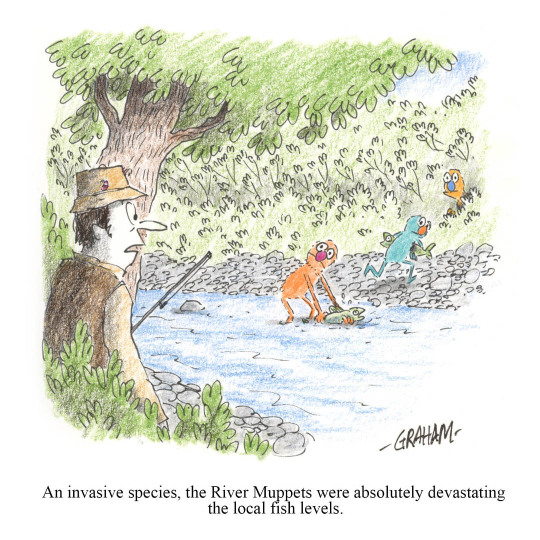
A catastrophe of muppet proportions!
2K notes
·
View notes
Text

Surely it is time to look at real penalties for fossil fuel companies and politicians who fail to act on climate change. They have destroyed the birthright of future generations and caused so much misery already.
8 notes
·
View notes
Text
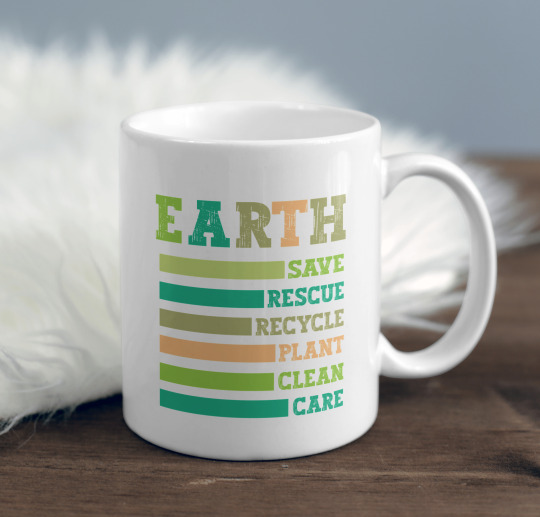
#earthday#earth#nature#earthdayeveryday#climatechange#happyearthday#photography#savetheplanet#environment#naturephotography#travel#love#sustainability#ecofriendly#recycle#naturelovers#earthfocus#motherearth#green#gogreen#covid#earthpix#zerowaste#mothernature#planetearth#photooftheday#travelphotography#art#stayhome#landscape
28 notes
·
View notes
Text

The Ministry for the Future by Kim Stanley Robinson. Orbit, 2021. 9780316300148. 576pp.
I've listened to a lot of economics podcasts over the last few years, so the bits of this book that fascinated me the most were the parts where the Ministry for the Future tries to get the world to fund and adopt a carbon coin, which gives ongoing value to sequestering carbon vs. putting it into the atmosphere where it will contribute to climate change. Lots of fascinating meetings in the book, plus politics. There's also a bit of terrorism and many, many climate refugees that need a place to live. At the center of it all is the head of the Ministry for the Future, who comes much more into focus as a character at the end of the book as she tours the world and considers it in light of how it is changing. It's a novel with some hope for the short-term future of our planet if humanity is willing to come together to do the necessary work around removing carbon from the atmosphere. It offers no simple solutions, but it does show a few possible places to start.
I was daunted by the size of this book but I shouldn't have been; once I started it I didn't want to put it down.
10 notes
·
View notes
Text
Climate Change & Environmental Impact Of Going Vegan 🌱😲 #climatechange #...
youtube
#crueltyfree#plantbased#vegan#veganlife#animalrights#veganforum#veganfood#vegansearchengine#caavakushi#veganblog#vegan podcast#vegan newsletter#climatechange#climate crisis#Youtube
15 notes
·
View notes